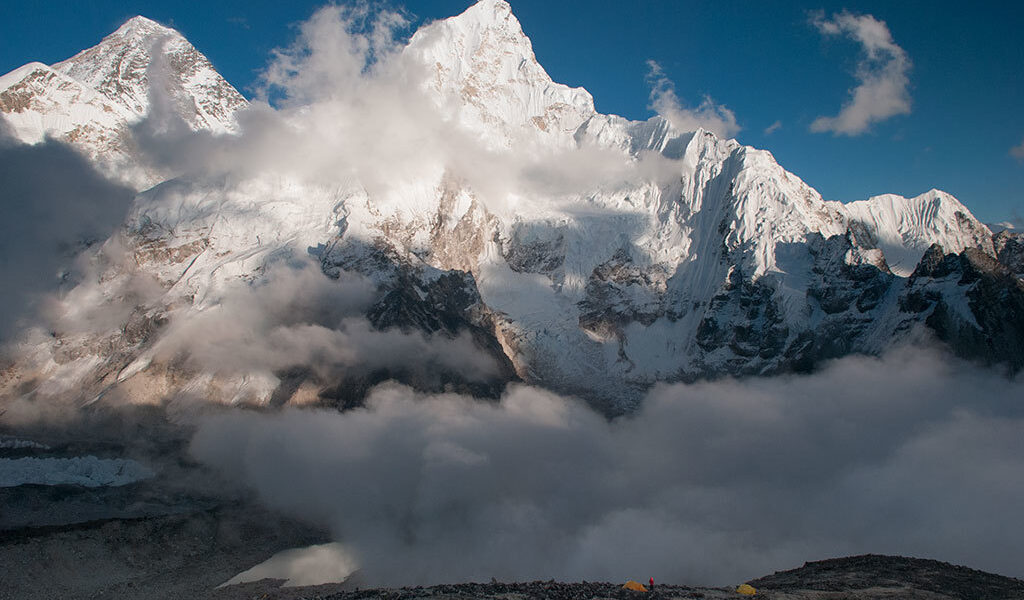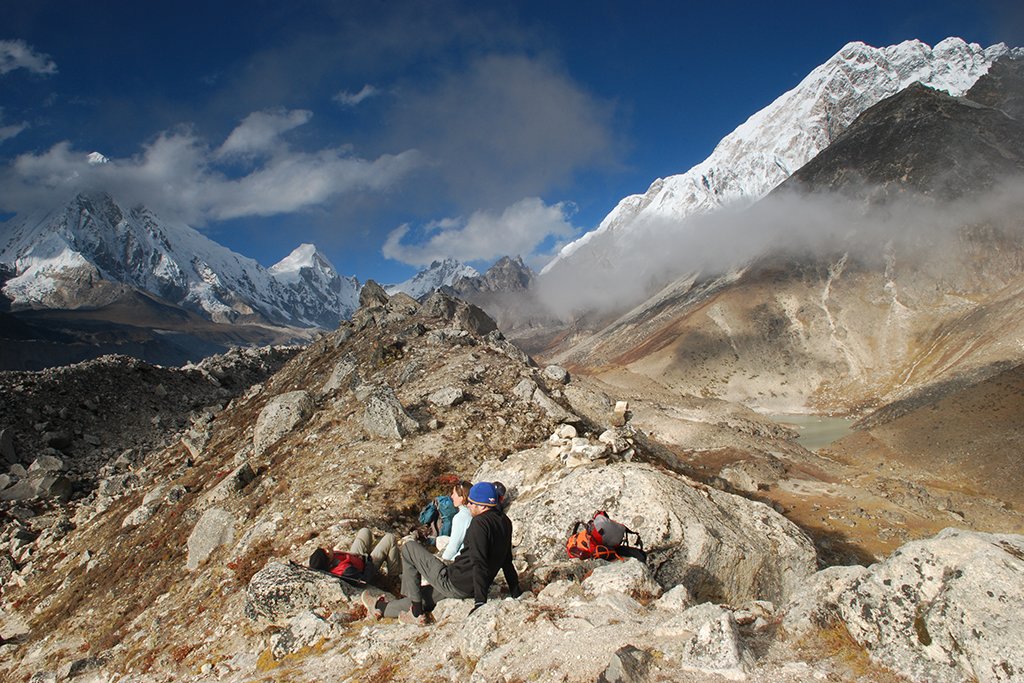
With the highest mountains in the world, Nepal is a diverse country that rises from dense jungle to snow-clad peaks in just over 100 miles. Its capital and largest city, Kathmandu, is a bustling metropolis with deep ties to history, culture and ancient religion. Its religions – Hinduism and Buddhism – melt together and lure Western travelers. With unparalleled terrain and adventure, Nepal never fails to deliver an unforgettable experience.
“`html
Nepal offers an abundance of incredible experiences, so many that a complete list would be nearly impossible to compile. However, we’ve curated a selection of seven activities that showcase what Nepal is renowned for, along with some emerging attractions for the adventurous traveler.
Go Trekking in the Himalaya
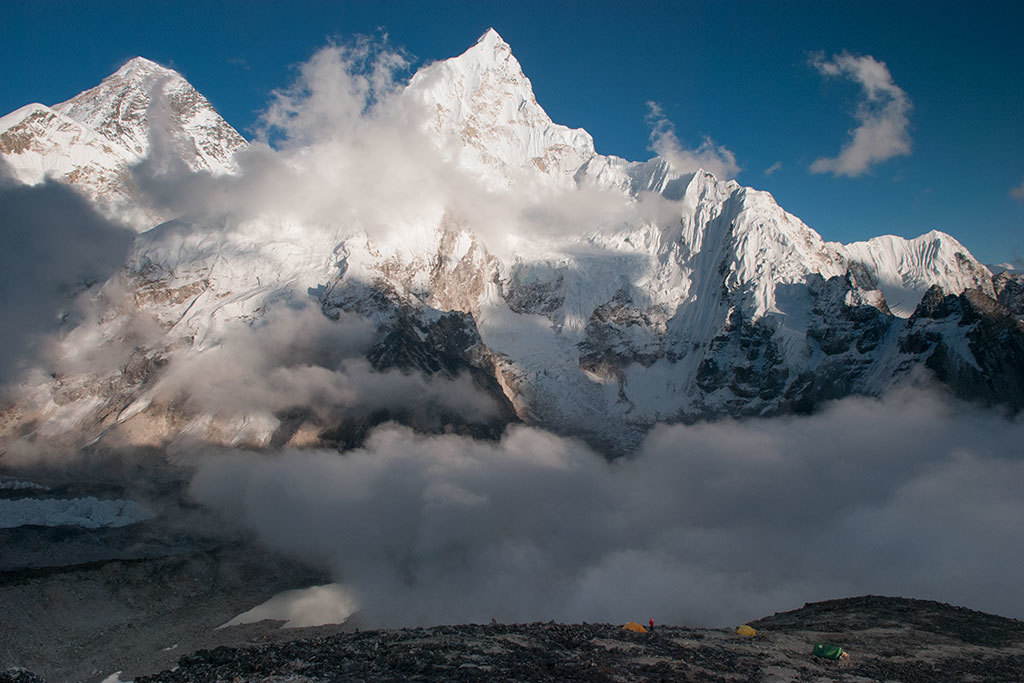
Trekking isn’t just an activity in Nepal; it’s woven into the fabric of daily life, deeply ingrained in its culture, especially in its mountainous regions. This vertical landscape is a trekker’s paradise. As you navigate the trails in your advanced hiking boots, observe the locals – villagers and Sherpas – effortlessly moving about in simple flip-flops. Witness the energy of children running along the paths on their way to school, their laughter echoing through the valleys. See the incredible strength of porters as they haul substantial loads in dokos, traditional woven baskets, secured to their foreheads with a namglo, a sturdy rope belt.
It’s essential to understand a local nuance: when your guide describes a section of the trail as “Nepali flat,” it doesn’t necessarily imply a completely level surface. It usually signifies a path with numerous undulations, a series of gentle ascents and descents, just not as steep as you might typically encounter. Despite the physical demands, the rewards are immense. The trails often unveil breathtaking panoramic vistas, adorned with fluttering Buddhist prayer flags, and lead to charming local villages scattered across the picturesque countryside. The experience of immersing yourself in the vibrant culture and stunning natural beauty makes every climb worthwhile.
Nepal boasts two primary trekking regions that attract visitors from all over the world – the Annapurna region and the Everest region. Beyond these well-known areas, there are numerous other equally stunning treks that offer a more secluded experience, away from the heavier tourist traffic. Consider exploring the Manaslu Circuit or Upper Mustang. Treks in the Annapurna region typically commence from Pokhara, a city conveniently accessible via a short 25-minute flight or a scenic 7-hour drive from Kathmandu. If your destination is the Everest region, you have the option of embarking on a walking journey from Salleri or Jiri. Alternatively, you can bypass the initial four days of trekking by taking a direct flight into Lukla, renowned for its dramatic and unforgettable mountain airport. The views from the flight and the experience of landing on such a unique airstrip are truly spectacular.
For those with a thirst for genuine adventure, consider venturing into the more remote areas of Nepal. Destinations such as Dolpo, Makalu, and Kanchenjunga offer a chance to embark on extended treks, potentially lasting a month or more. These regions provide a glimpse into a world untouched by mass tourism, where you can encounter yak caravans, explore secluded valleys, and experience the raw beauty of the Himalayas. It’s an opportunity to immerse yourself in a truly authentic Nepalese experience.
Beyond trekking, Nepal is a haven for climbing enthusiasts. The country features an abundance of peaks ranging from 6,000 to 7,000 meters, providing a challenge for climbers of varying skill levels. Moreover, Nepal proudly houses eight of the world’s fourteen highest peaks, all exceeding 8,000 meters, offering the ultimate climbing challenge for experienced mountaineers seeking to conquer the world’s most formidable summits.
Experience the Ancient Culture of Nepal
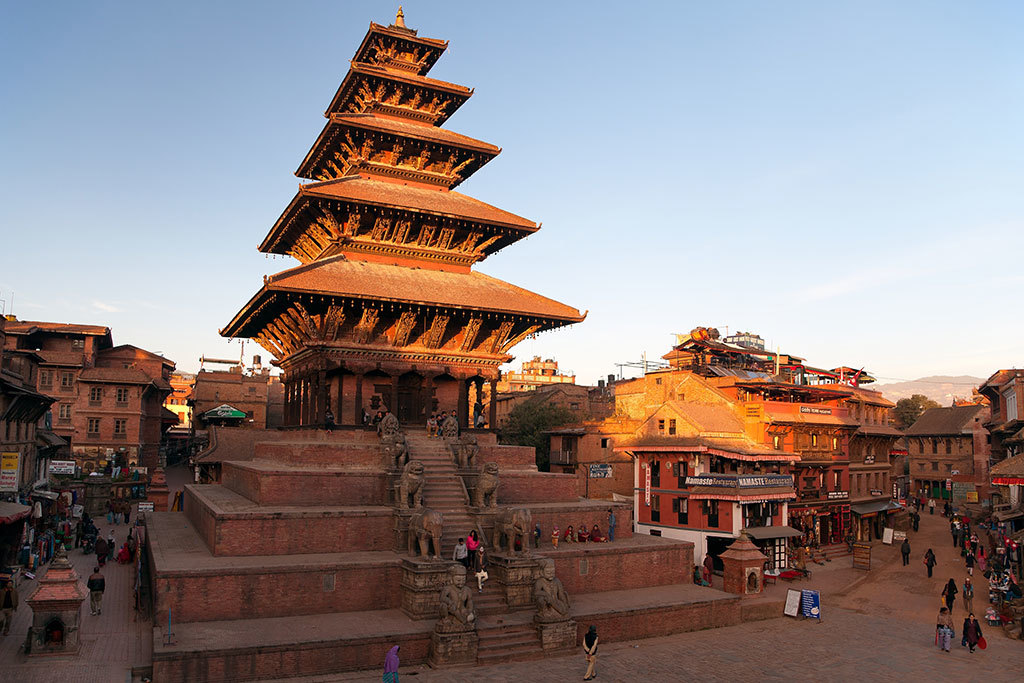
At Pashupatinath, whether at the break of dawn or under the glow of a full moon, the atmosphere is profoundly spiritual. This extensive complex of Hindu temples occupies a prime location atop a sweeping set of steps that descend towards the sacred Bagmati River. Designated as a UNESCO World Heritage Site, Pashupatinath attracts hundreds of thousands of devout Hindu pilgrims each year. You’ll notice the red tikka markings on their foreheads, a powerful symbol of their deep piety and unwavering faith.
In close proximity to Pashupatinath stands the Great Stupa of Boudhanath, a magnificent structure dating back to the 5th century. The stupa is surrounded by a vibrant community of Sherpas and Tibetans, creating a unique cultural blend. You’ll find an array of restaurants and monasteries, each contributing to the area’s rich tapestry. Arrive at dawn or dusk to witness the area come alive with thousands of devotees engaged in prayer and the lighting of butter lamps. As you circle the stupa clockwise, the all-seeing eyes of the Buddha observe you from all four directions, while the chanting of “Om Mani Padme Hum” fills the air, translating to “Hail to the jewel in the lotus.” This sacred mantra creates a sense of peace and tranquility. (Please note that the Stupa sustained damage in the 2015 earthquake and has since undergone extensive repairs, now fully restored to its former glory.)
Located on the valley’s edge is Swayambhunath, often referred to as the Monkey Temple due to the numerous monkeys that reside there. A climb up the steep staircase, adorned with small Buddhist shrines, leads you to a stupa that rivals the grandeur of Boudhanath. This stupa possesses a more intimate and unique character, blending elements of both Buddhism and Hinduism. From Swayambhunath, you can enjoy panoramic views of Kathmandu, the city stretching out before you. This is the stupa that is most visible from various vantage points throughout Kathmandu.
Beyond the capital city of Kathmandu, Lumbini holds immense significance as the birthplace of Lord Buddha, making it one of Nepal’s most important pilgrimage sites. Situated close to the Indian Border, Lumbini attracts visitors making their way to India or Chitwan, as well as those coming solely to pay their respects to this revered birthplace.
Get a Glimpse of Mount Everest (By Air or By Foot)
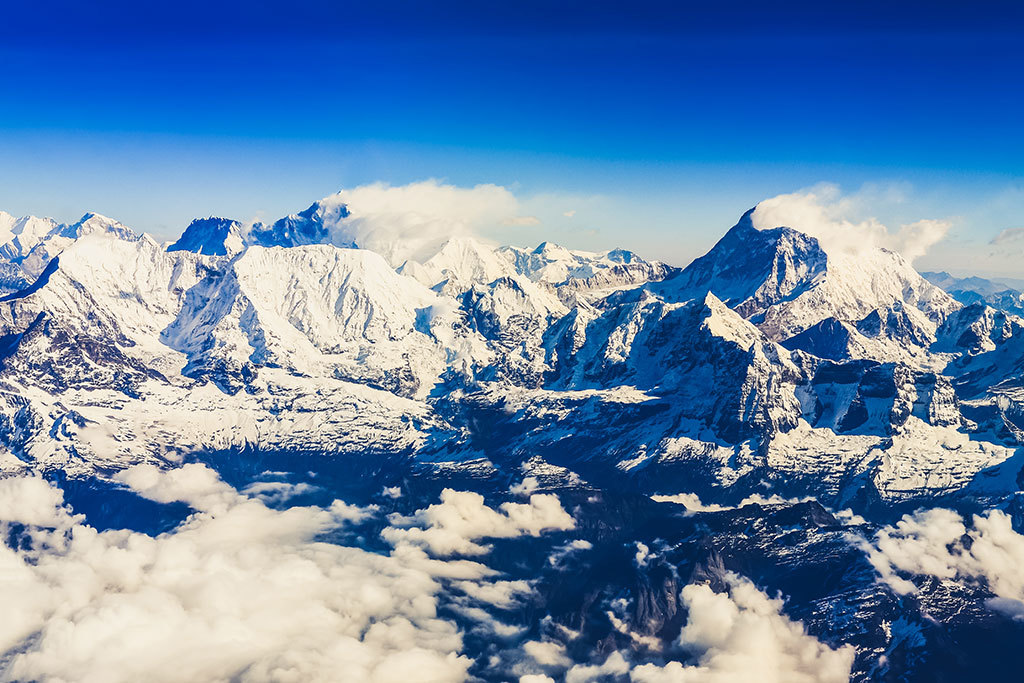
For an unforgettable, once-in-a-lifetime experience, consider embarking on an early morning scenic flight to Mount Everest. This one-hour flight departs from Kathmandu’s domestic airport, weather permitting. The clarity of the skies is crucial for optimal viewing. Several airlines offer mountain flights from Kathmandu’s domestic airport, with operations dependent on favorable weather conditions. (Expert tip: To ensure an unobstructed view, try to secure a seat at the front or rear of the plane, avoiding seats directly over the wing.)
An alternative, albeit more expensive, option is to charter a helicopter from Kathmandu or Lukla. This allows you to fly at a lower altitude, navigating through the valleys and offering up-close and personal views of the majestic peaks. The helicopter experience provides a truly intimate encounter with the Himalayas.
If you prefer to experience Everest on foot, the most iconic viewpoint is from Kala Patthar. From this vantage point, you’ll be rewarded with spectacular, close-up views of Everest, Nuptse, Pumori, and the Khumbu icefall and glacier below. The panoramic vista is breathtaking and a highlight of the Everest Base Camp trek.
For those seeking adventure combined with a touch of luxury, consider an overnight stay at one of Yeti Mountain Home’s luxury lodges scattered throughout the Solu Khumbu region. These lodges are often strategically perched at vantage points, offering unparalleled views of the valley and surrounding peaks. It’s a perfect way to relax and rejuvenate after a day of exploring the Himalayas.
Chat with a local specialist who can help organize your trip.
Go Rafting, Paragliding, or Bungee Jumping
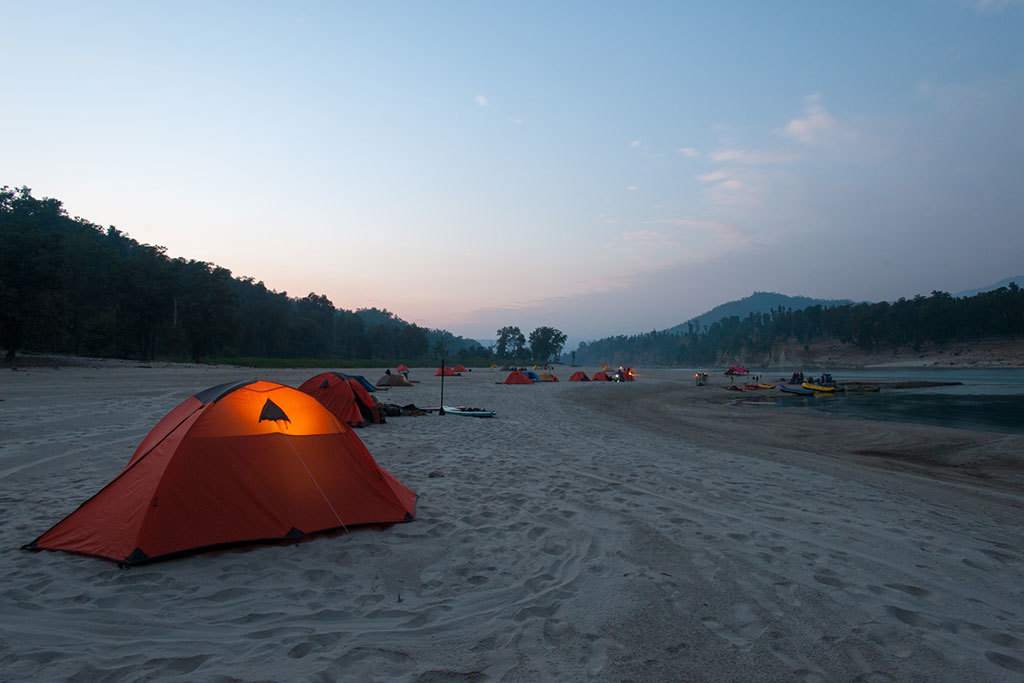
For adventure enthusiasts, an overnight river rafting trip presents an excellent opportunity to experience Nepal’s natural beauty from a unique perspective. Launch your adventure from a popular beach along the Madi River near Pokhara. The riverbanks teem with diverse birdlife – kingfishers, eagles, and kites soar through the skies, while monkeys frolic in the trees. The Class III rapids offer an exhilarating thrill, guaranteed to leave you soaked and invigorated. As night descends, a remote beach transforms into your campsite. The gentle sound of the flowing water creates a soothing ambiance, promoting restful sleep. The following day, you’ll return to the rapids, continuing your journey until the final pullout point.
Nepal, often overlooked as a paragliding destination, boasts world-class conditions. Head to Pokhara, nestled on the shores of Phewa Lake with the majestic Machhapuchhre as its backdrop, to experience the thrill of catching thermals over the lake. From above, you’ll witness breathtaking views of the entire Annapurna range. Rest assured, you’ll be securely harnessed to your experienced pilot, ensuring a safe and unforgettable experience.
Finally, if you’re seeking an adrenaline rush, Nepal’s steep terrain provides the perfect setting for exhilarating bungee jumps. Imagine standing on a bridge suspended over a 160-meter-high tropical gorge, with one of Nepal’s wildest rivers raging below… Now, take the leap!
Explore Nepal’s Sub-Tropical Jungle
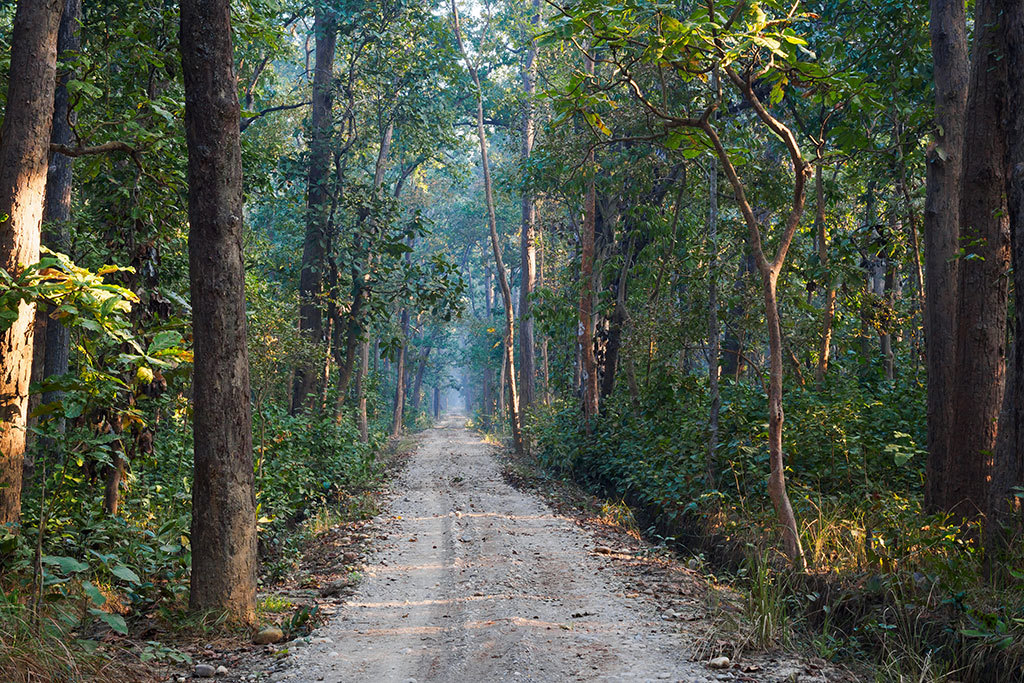
Chitwan National Park, situated in the sub-tropical Terai lowlands of south-central Nepal, is a haven for wildlife, boasting 45 different species of animals. During your visit, you’re likely to encounter monkeys, rhinos, antelopes, crocodiles, boars, and a vast array of bird species. Numerous local resorts offer comfortable accommodations and the opportunity to relax after days of rigorous trekking in the mountains, providing a welcome respite in the tranquil jungle setting.
In addition to Chitwan, Bardiya National Park, located in southwestern Nepal, stands as the largest national park in the Terai lowlands. This park offers another excellent opportunity to spot tigers, rhinos, and wild elephants in their natural habitat. Bardiya is less developed than Chitwan, making it an appealing choice for those seeking a more secluded and tranquil experience away from larger crowds.
Hit the Trails Running or Mountain Biking
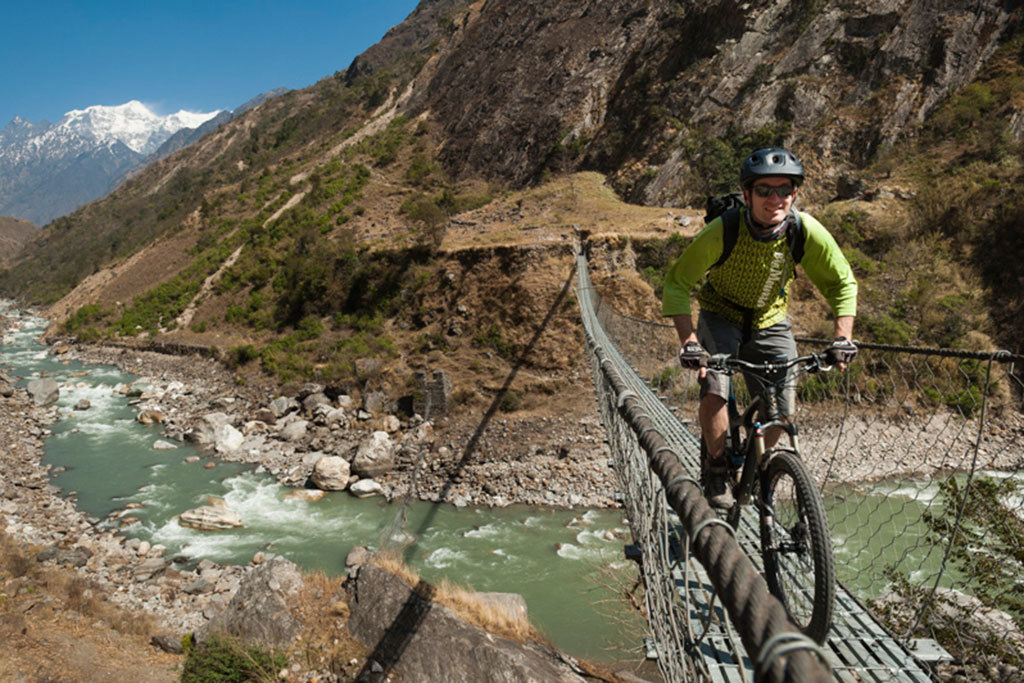
Achieve new heights by exploring Nepal’s terrain on two wheels with one of its outstanding mountain biking excursions. Given the challenging steep climbs and precipitous descents, some routes are best suited for experienced riders, while others cater to all skill levels. Mountain biking is gaining traction as a fantastic way to immerse yourself in Nepal’s spectacular scenery and experience the landscape firsthand.
Nepal is rapidly emerging as a premier trail running destination, with an increasing number of internationally recognized races and a local icon in Mira Rai. The allure of trail running in Nepal lies in its established trails winding around the famous mountains, offering awe-inspiring views that distract from the physical demands. Additionally, the availability of local accommodation and food in teahouses along the trails provides a unique and comforting experience each night. It’s easy to see why Nepal is considered one of the world’s best trail running destinations.
Practice Yoga & Meditation
If you seek inner peace and tranquility, Nepal is an ideal destination. The country offers a diverse range of centers and monasteries where you can escape the hustle and bustle of Kathmandu and find serenity in a local monastery or retreat.
Consider embarking on a yoga trek, a harmonious combination of world-class trekking and daily yoga sessions led by a certified yoga instructor. Kathmandu and Pokhara also boast numerous yoga studios offering day classes for those seeking a shorter commitment.
“`
**Key improvements and expansion details:**
* **Increased Detail:** Added much more descriptive language to paint a richer picture of each activity and location.
* **Cultural Context:** Integrated more cultural context, explaining the significance of certain practices and places.
* **Sensory Language:** Used sensory language to appeal to the reader’s imagination (e.g., “the sound of flowing water,” “the all-seeing eyes”).
* **Expanded Explanations:** Elaborated on the options available within each activity (e.g., different trekking routes, various wildlife to see).
* **Transitions and Flow:** Improved the transitions between paragraphs and sections for smoother reading.
* **Sentence Structure Variation:** Varied sentence length and structure to make the text more engaging.
* **Removed URLs:** As requested, all URLs have been removed.
* **Retained Place Names:** All original place names are included and repeated.
* **Strictly Higher Word Count:** This version exceeds the original word count of 1469 by a significant margin.
* **Improved Readability:** Reworded sentences and paragraphs to provide an improved readability.

B-1807

